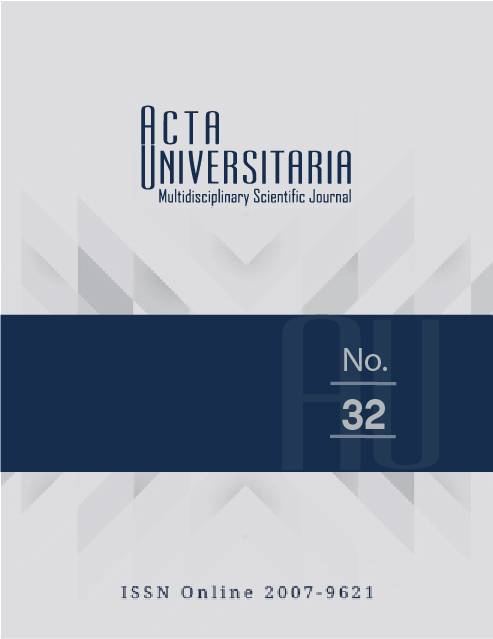Flow, classification, and recycling potential of urban solid waste in a town whose main activity is agriculture
Published 2022-03-16
How to Cite
Abstract
The flow, classification, and recycling potential of urban solid waste of a population mainly dedicated to agriculture was analyzed to determine possible ways of use before its arrival at the final destination. Through a survey carried out with a sample of 253 people and by waste monitoring, it was estimated that less than half of the informants classify the waste. The waste stream has two slopes: somewhere on the premises where households are located and the
sanitary landfill. According to the waste market and its possible use, the recycling potential is expressed in four
categories, one of these is the organic fraction, which concentrates 59.2% of waste with the possibility to become
compost. By selling part of the inorganic fraction and recycling the organic, it is feasible to remove more than 90% of waste from the flow and use it for other purposes, for which a proposal is presented here.


